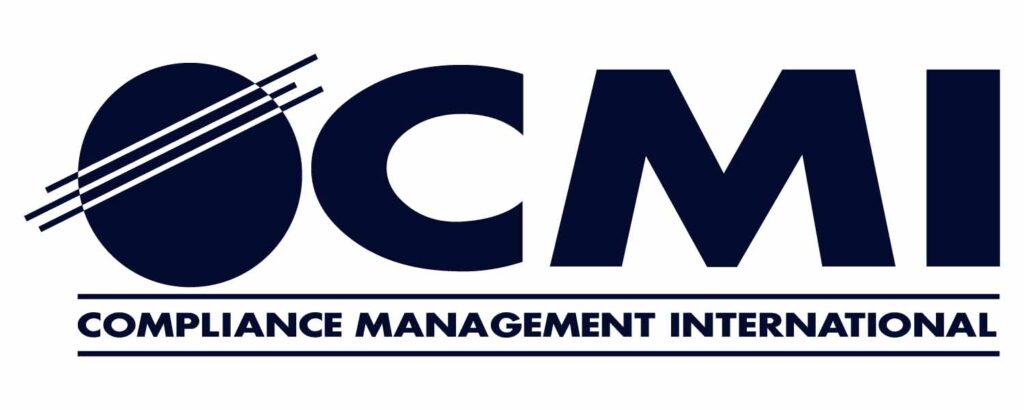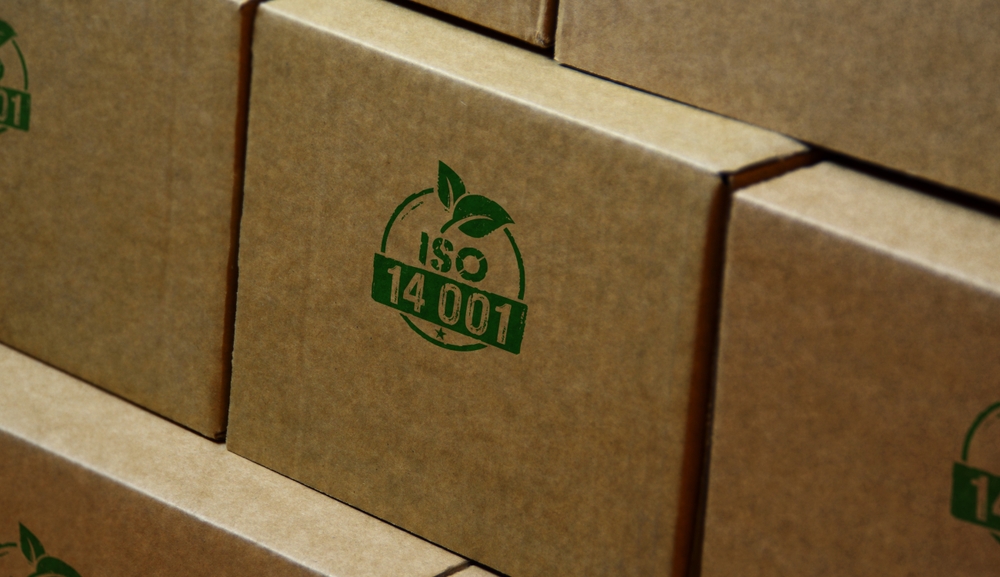What is it?
The Hazard Communication Standard (HCS), or 29 CFR 1910.1200, was created by OSHA to ensure employees and vendors are protected from chemical exposure in the workplace. Information about the identities and hazards of chemicals are required to be available and understandable to anyone who may come contact with them. HazCom continues to be the second most cited standard with 3,227 violations for general industry in the most recent report. It is a complex standard that presents many challenges for organizations of all sizes.
Who does it apply to?
Chemical manufacturers and importers are required to evaluate the hazards of the chemicals they produce or import. They then must prepare labels and safety data sheets to convey the hazards of their chemicals and products sold.
All employers with hazardous chemicals in their workplaces must have labels and safety data sheets for their exposed workers, and train them to handle the chemicals appropriately. Similar information must be made available to vendors and contractors who may come in contact with chemicals when onsite.
How to ensure compliance?
The HCS standard involves several different elements to ensure full compliance including labeling, safety data sheets (SDS), and training.
- Labels on each individual container must include a product identifier, supplier information, signal word for the hazard type, precautionary statements, hazard pictograms, hazard statements, and any supplemental information required to ensure hazards are accurately presented. Secondary containers must also be labeled with product identifier and words, pictures, symbols, or combination thereof, which provide general information regarding the hazards of the chemicals. Secondary container labeling and maintaining labels on heavily used containers has presented a widespread challenge for many organizations. ,
- Safety data sheets must be kept for all on-site chemicals and made available to employees and contractors who may come in contact with them. Organizations with large chemical inventories, have quite a challenge ensuring that all current SDS’s are maintained and shared properly.
- Training and information must be provided to employees prior to working with chemicals, This must include how to read and understand labels and SDS’s, proper handling and personal protective equipment (PPE) practices, emergency procedures, storage methods and more. Ensuring that training is specific to the chemicals used at each site is often a challenge.
How can CMI help?
Compliance Management International (CMI) has a team of Health & Safety Professionals here to help. We can perform HazCom gap assessments, conduct chemical inventories, develop and deliver employee training, and assist with SDS management. Reach out to CMI today for all of your Environment, Health, and Safety needs!



